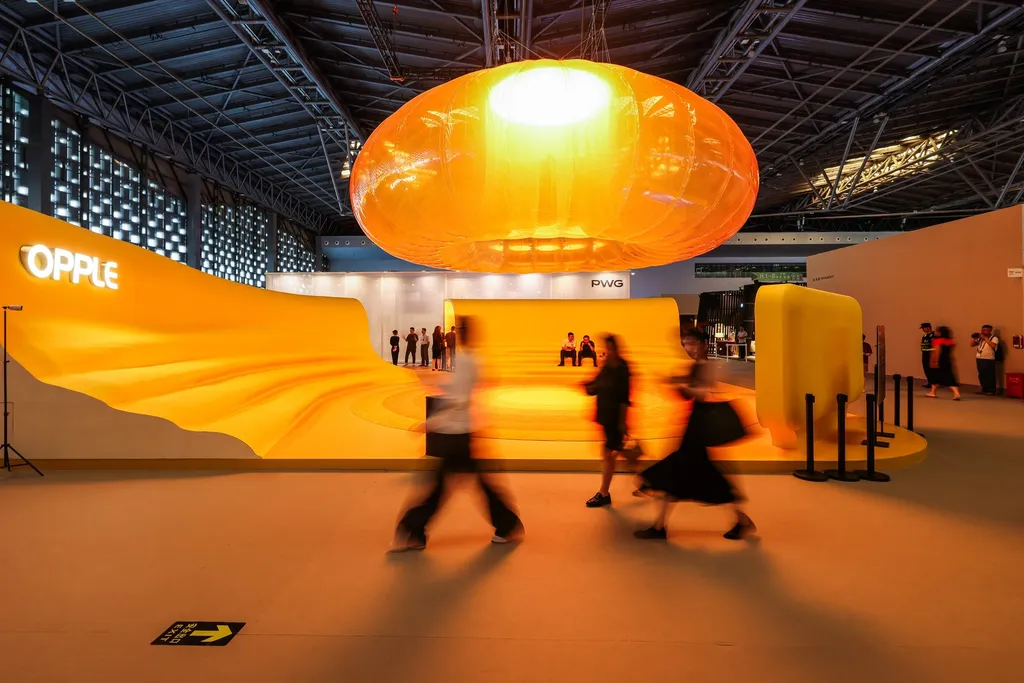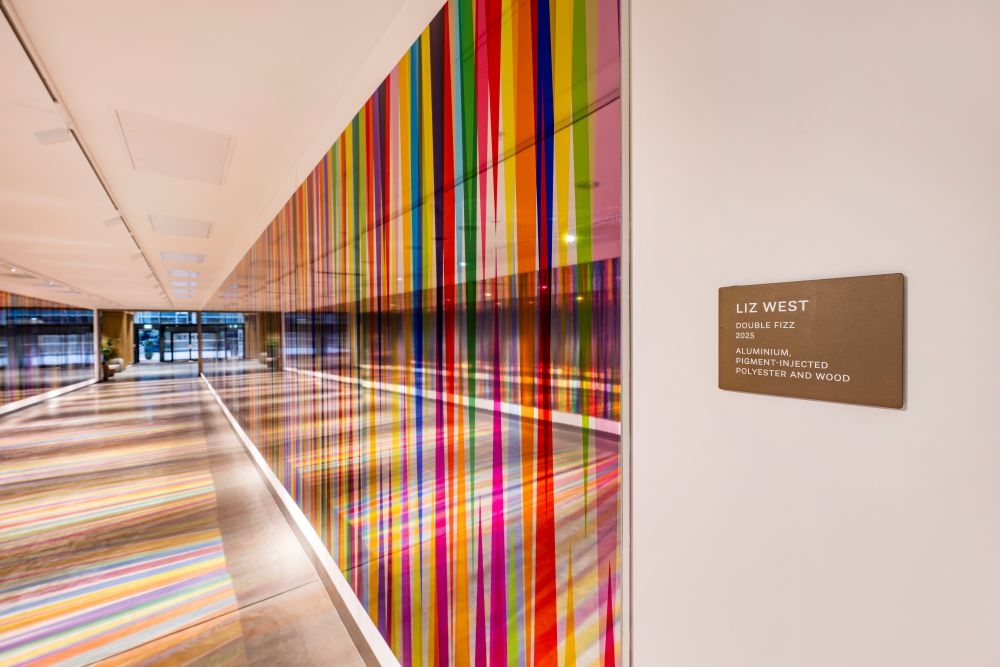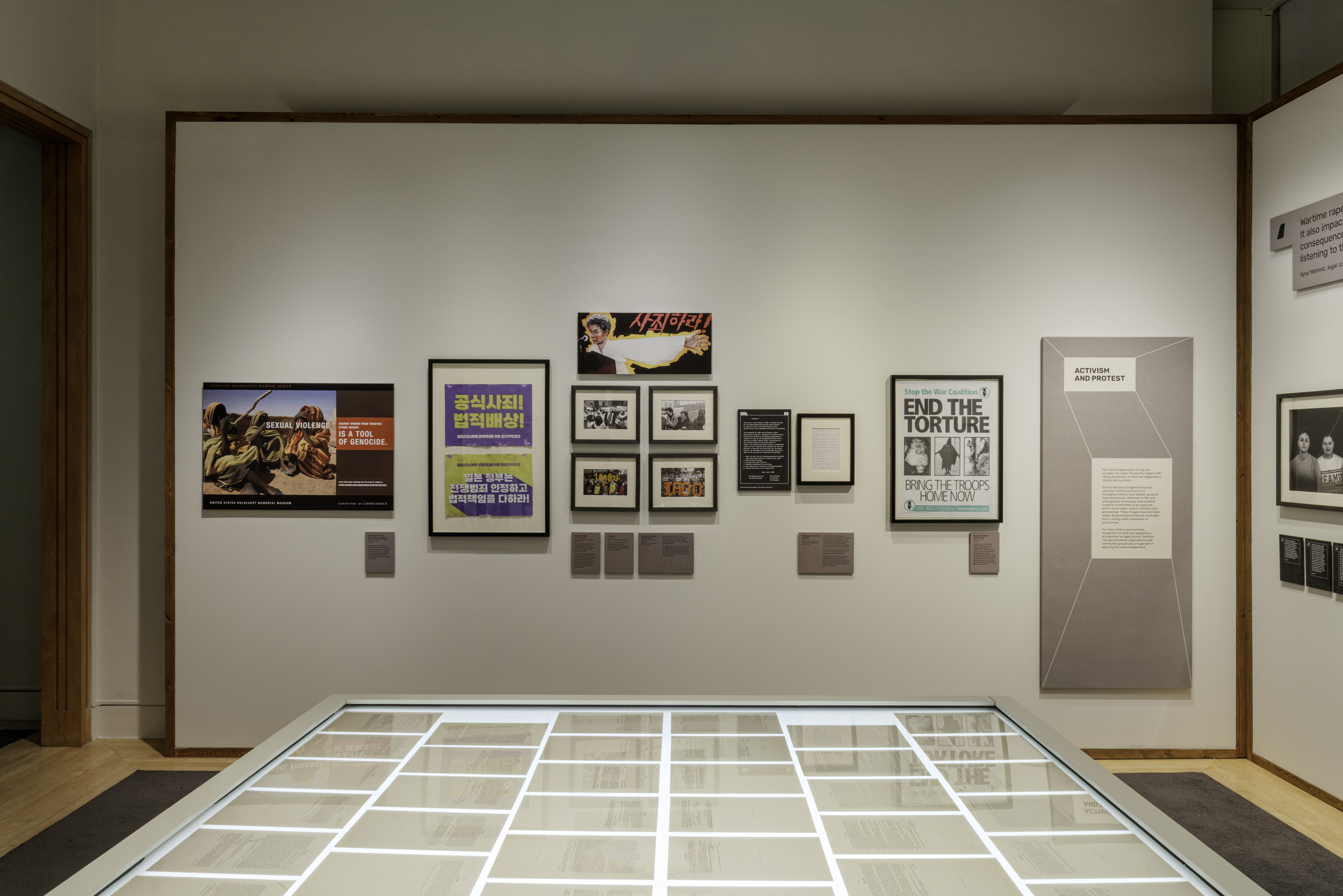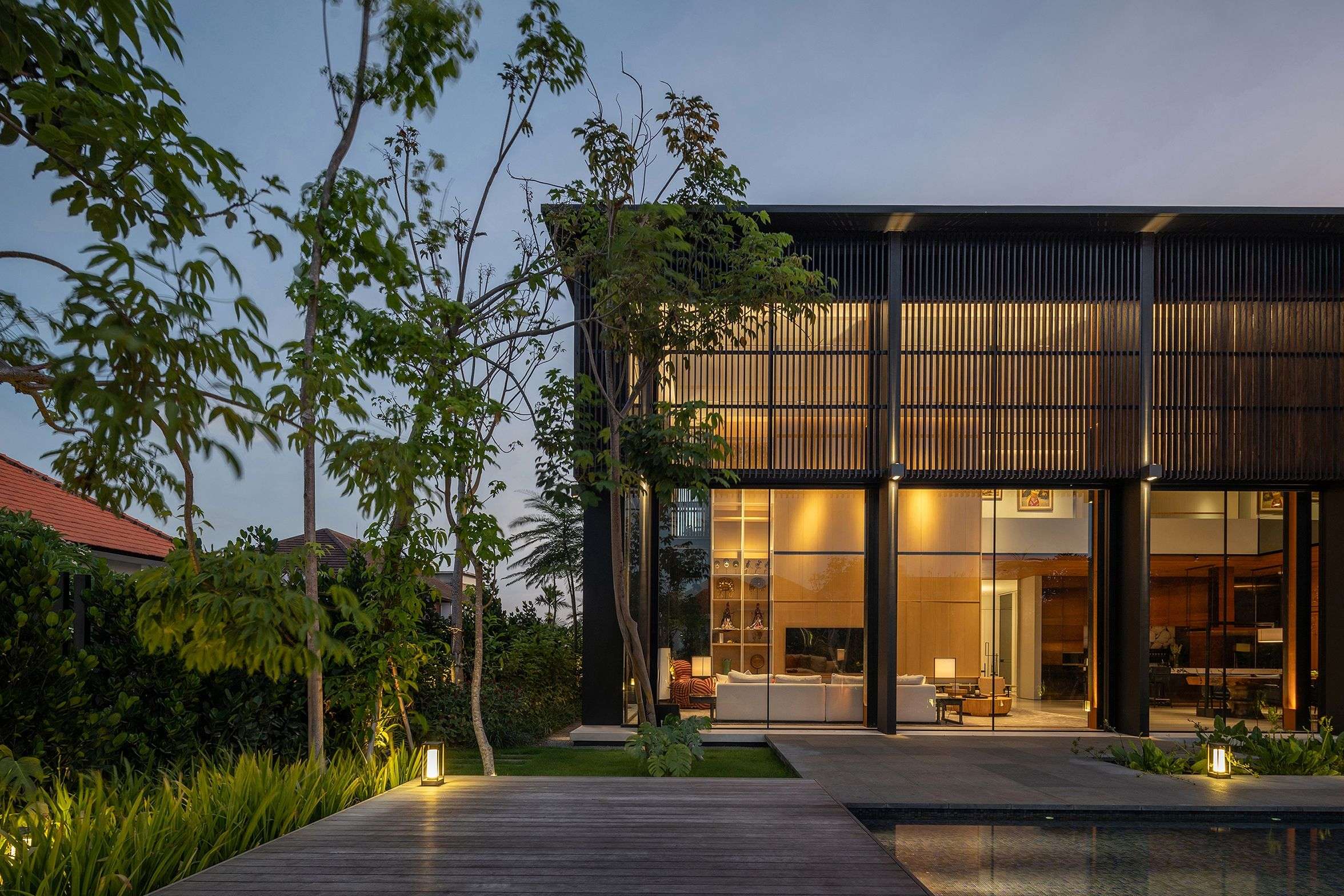Ever stare at a blank page, tired of revisions, wishing for a magic “fix-it” button? It happens to the best of us. Enter artificial intelligence (AI), the shiny new tool promising to streamline workflows, generate endless variations, and perhaps, just perhaps, help us finally understand those ever-demanding clients.
But is AI a dream collaborator or a creative overlord in the making?
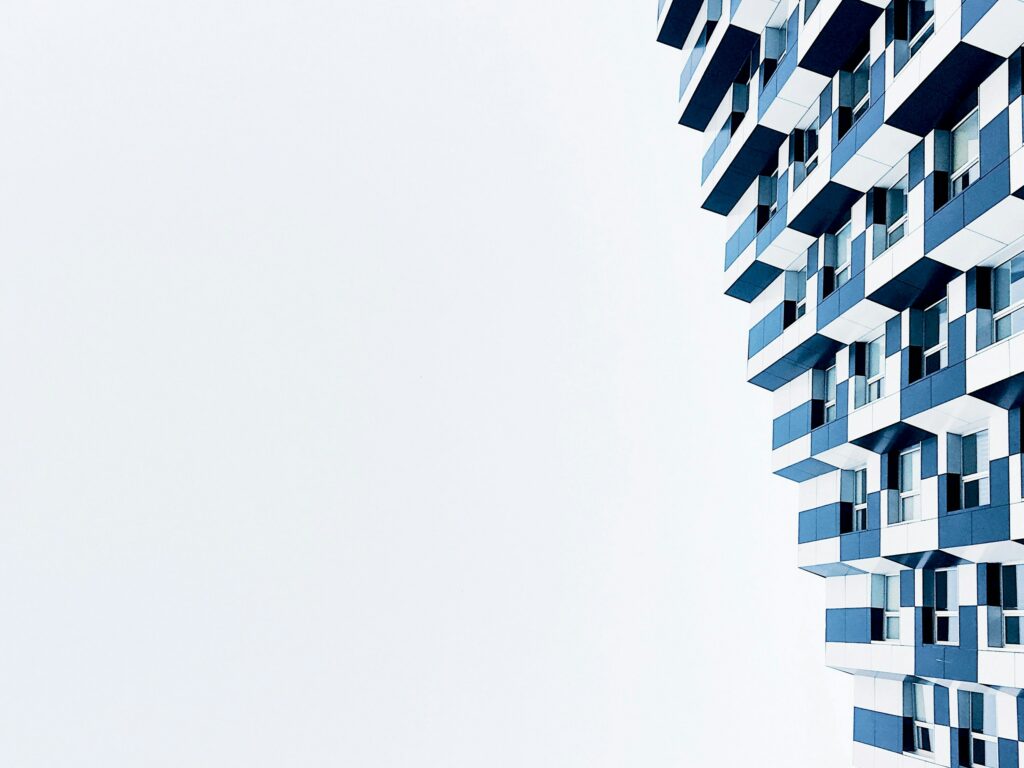
AI’s design skills are undeniable. From producing endless variations of logos to crafting cool website layouts and informative articles, AI tools like ChatGPT, Midjourney and DALL-E are pushing boundaries. Need a logo that evokes a feeling of “playful nostalgia for a bygone era of ice cream trucks?” AI can get you one faster than you can say “design.” The efficiency is a godsend. Imagine going through design iterations in minutes, freeing you to focus on the strategic points that AI can’t quite grasp (yet).
But, here’s the thing: AI is a great help, but only with the ingredients you provide. It processes design data – millions of logos, websites, and marketing materials – and learns to identify patterns and correlations. So, the quality of the AI’s output depends entirely on the quality of the data it’s trained on. Feed it generic clip art and basic design trends, and that’s what you’ll get back – a shiny new pile of mediocrity. But feed it a diverse range of exceptional design work, and the AI can start to generate truly innovative concepts.
Now, let’s get real. AI might be great at producing endless variations, but true creativity? That’s a human superpower.

Design is about more than aesthetics; it’s about understanding human emotions, needs, and desires. It’s about injecting a brand’s unique personality into every element. Can AI understand the subtle nuances of a client’s vision or the cultural context that a design needs to resonate in? Not quite yet.
That’s where the passionate and wonderfully human designers come in. They’ll be the storytellers, the strategists, the emotional connectors. AI can still be their powerful tool, augmenting creative capabilities and freeing them from the mundane. The future of design isn’t “AI vs. Designers” – it’s “AI with Designers.” Imagine the possibilities: AI giving us endless creative options, while we curate, refine, and inject them with a human touch.
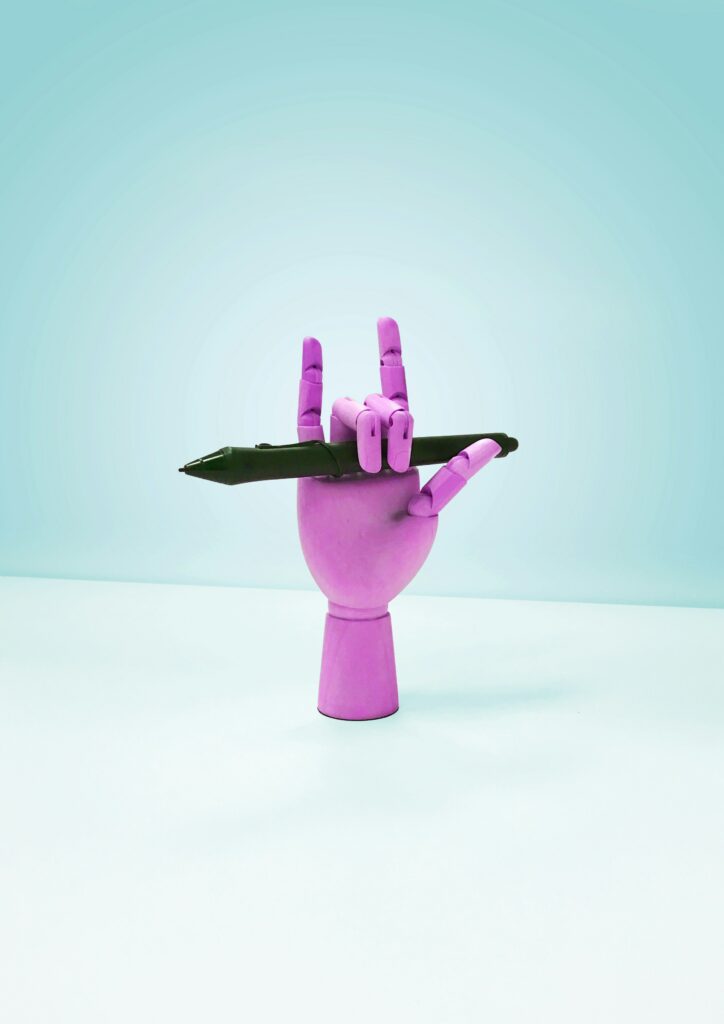
So, let’s embrace AI, not fear it. As long as we remember the irreplaceable value of human creativity, the future of design looks nothing short of phenomenal. After all, isn’t that what design is all about – creating a world that’s a little more beautiful, a little more inspiring, and a whole lot more human?


